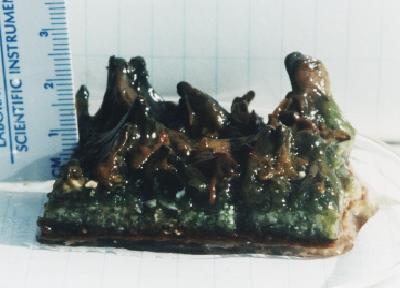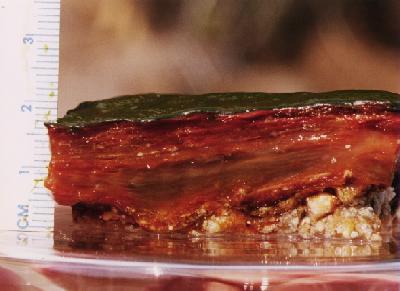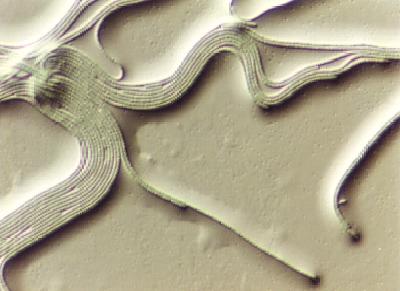Evidence from the sequences of DNA suggests that contemporary bacteria and archaea may have descended from hyperthermophilic ancestors. This is because hyperthermophilic organisms cluster toward the base of the universal tree of life. Hyperthermophiles also interest us because they show a diverse array of physiologies for garnering carbon and energy from the interactions between water and hot rocks.
In this project we are studying the lipids of cultured hyperthermophiles and their cousins in hot springs and sub-sea vents systems in order to see if they have specific and diagnostic membrane lipids and to determine their relative abundances and likely physiologies in nature. Development of new High Precision Liquid Chromatography – Mass Spectormetry (HPLC-MS) methods for characterization of intact polar membrane lipids is an important aspect of the work. In collaboration with Everett Shock and D’Arcy Meyer-Dombard we are studying the biogeography of Aquificales in Yellowstone hot springs as a function of water chemistry.
This video shows a giant mudpot called “The Gomper”. The acidic water (pH 2-3) dissolves the rock but is not plentiful enough to wash the rock away. The acidic conditions are caused by the presence of sulfuric acid (H2SO4). Temperature is a near-boiling 90˚C. We are studying this site to look for evidence of acidophilic organisms and to test the potential for preservation of organic material in these strongly oxidizing conditions.

Phormidium from Octopus Springs in Yellowstone, USA
Photo courtesy of L.L. Jahnke

Chloroflexus from Octopus Springs in Yellowstone, USA
Photo courtesy of L.L. Jahnke
 The Phormidium up close
The Phormidium up close
Image courtesy of L.L. Jahnke
Publications
- Jahnke L.L., Eder W., Huber R., Hope J.M., Hinrichs K.-U., Hayes J.M., Des Marais D.J., Cady S.L. and Summons R.E. (2001) Signature lipids and stable carbon isotope analyses of Octopus Spring hyperthermophilic communities compared to those of Aquificales representatives. Appl. Env. Microbiol. 67: 5179-5189.
- Jahnke L.L., Embaye T., Hope J.M.,. Turk K.A., van Zuillen M., Des Marais D.J., Farmer J.D. and Summons R.E., 2004. Lipid Biomarker and Carbon Isotopic Signatures for Stromatolite-Forming, Microbial Mat Communities and Phormidium cultures from Yellowstone National Park. Geobiology 2:31-47.
- Schubotz F., Meyer-Dombard D.R., Bradley A.S., Fredricks H.F., Hinrichs K.-U., Shock E.L., and Summons R.E., 2013. Spatial and temporal variability of biomarkers and microbial diversity reveal metabolic and community flexibility in Streamer Biofilm Communities in the Lower Geyser Basin, Yellowstone National Park. Geobiology 11:549-569.


